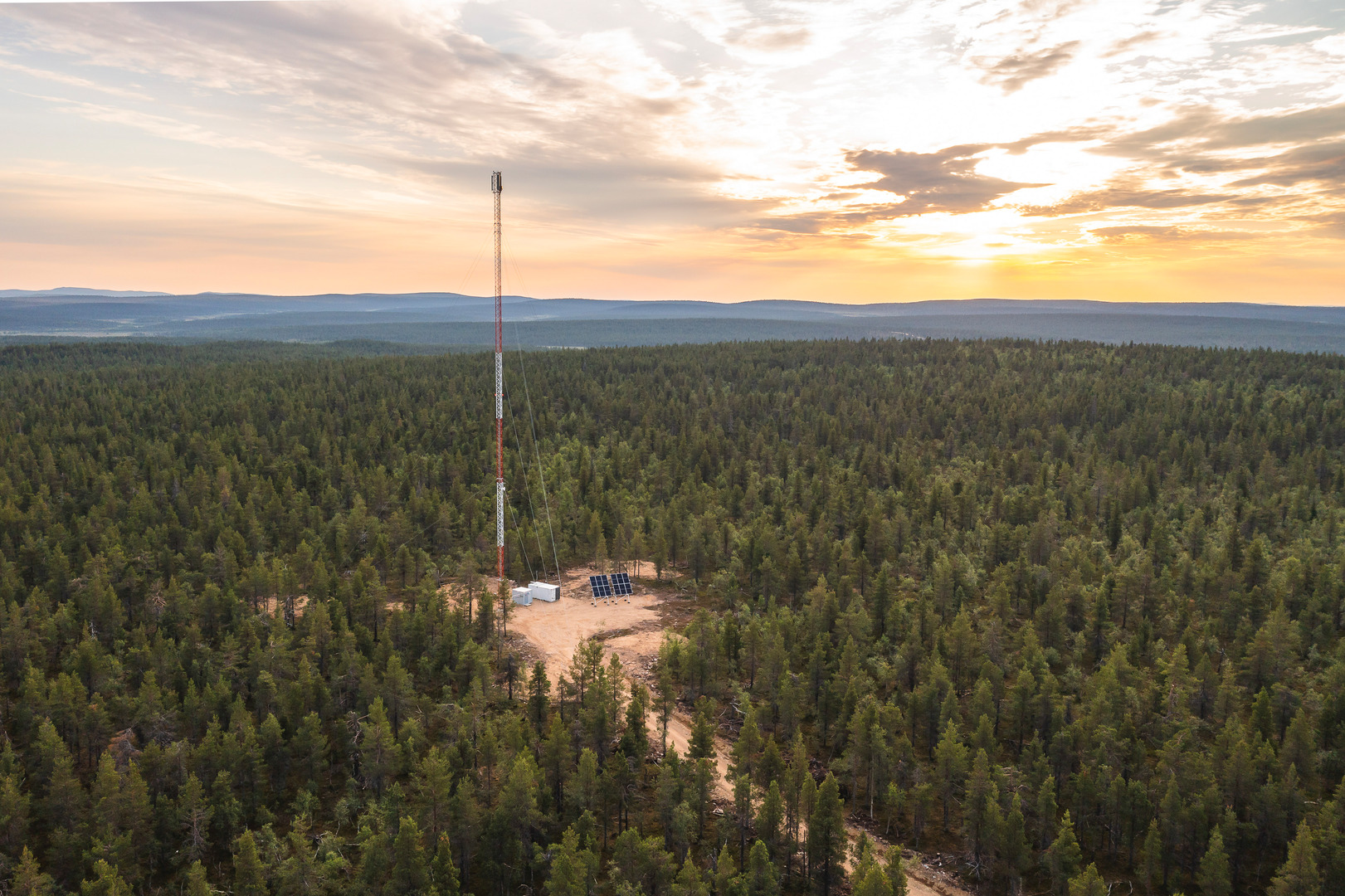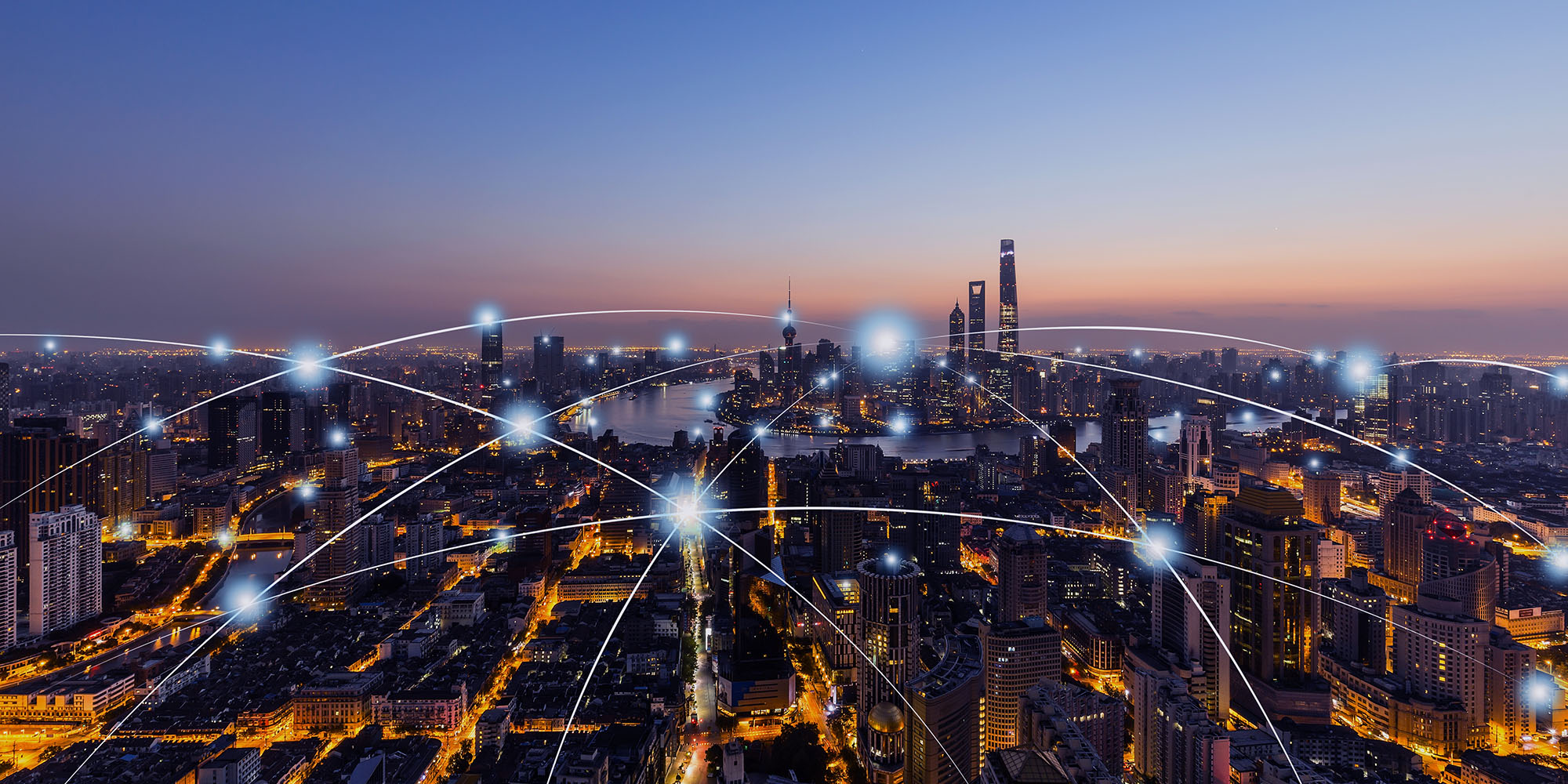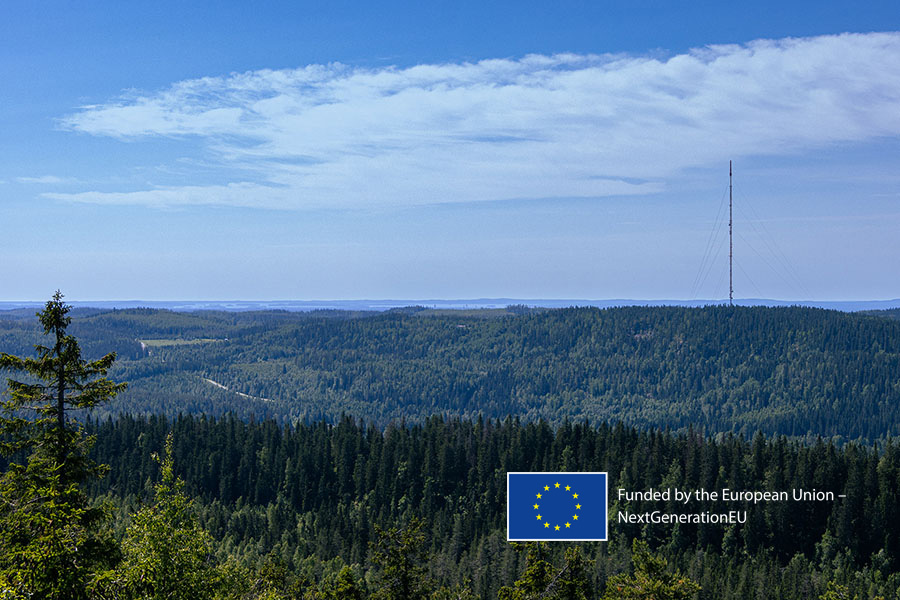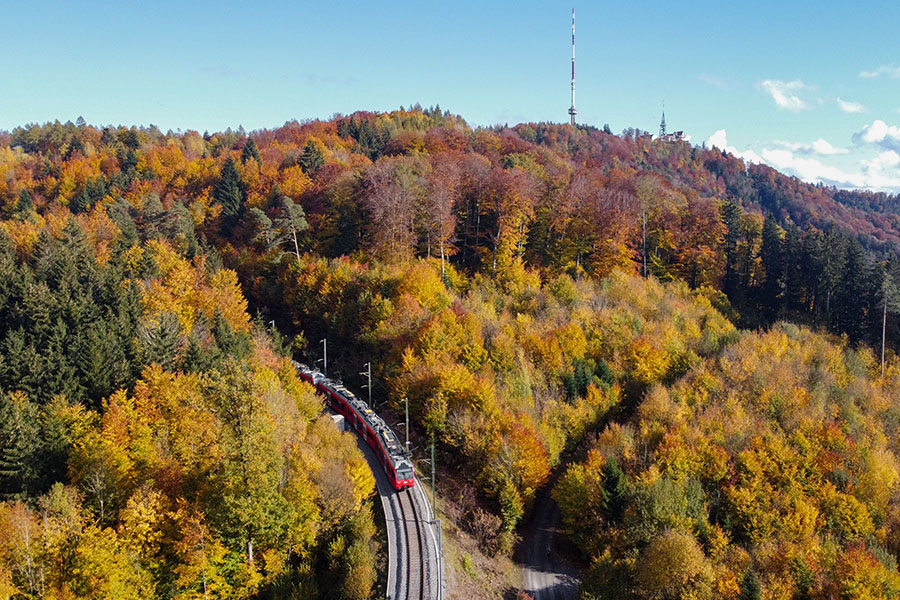Elisa’s Distributed Energy Storage (DES) system empowers telecommunications network operators to be an important part of the green energy transition. DES facilitates a virtual power plant that controls and optimises distributed energy storage capacity in the radio access network (RAN), allowing it to ensure that electricity is procured most cost-effectively for the telecom network but also to release additional capacity to the electricity grid when TSOs need it to balance the grid.
Elisa's AI/ML optimization software is built on existing in-house capability developed for managing our telecom networks. It reduces electricity costs and enables societies to build a resilient electricity grid as they reduce dependency on fossil fuels.
Our solution
The Distributed Energy Storage solution powered by AI/ML uses the flexibility of backup power batteries to control the electricity supply in thousands of base stations in the mobile network throughout the day.
The DES system optimizes the timing of electricity purchases by scheduling charging and discharging periods for the batteries. Furthermore, part of this flexibility capacity is then offered to TSOs for grid balancing purposes. When balancing the grid, the TSO sends requests of their needs every few seconds, and the DES system decides which of the thousands of base station power units should be adjusted in real-time.
Delivering financial benefits
Elisa’s experience in its own network has shown a persuasive business case for DES, allowing operators to convert a traditional cost centre – mandatory backup energy storage – into a source of electricity purchasing cost savings and new revenue from electricity grid services. Its ‘load-shifting’ capacity optimizes consumption and use of energy, buying while it’s cheap and using battery energy at peak times, reducing Opex. Revenues can be generated by selling additional capacity back to the grid to help provide a balance between supply and demand.
Enabling the energy transition
Renewable energy like wind power is inexpensive, CO2-free and abundant and is a key solution to the challenge of climate change. Exponential growth is expected in renewable deployment in the coming years, but the intermittent and unpredictable nature of the source requires intelligent storage and management solutions such as the virtual power plant to support and maximize their impact. DES allows critical storage capacity of environmentally friendly and cost-effective energy from intermittent sources that can be deployed when needed either to power the network or to serve the electricity grid.
Our AI/ML engine
The DES solution is composed of three layers of control intelligence powered by AI software, harnessing the electricity and power equipment data to provide actionable intelligence for grid optimization. The top-level planner uses supply and demand data of different electricity balance markets to perform thousands of simulations that allow it to determine how much capacity to allocate at any given time to load-shifting or grid balancing. The data-intensive middle layer supervises the flow of electricity and conditions of the base station power equipment to ensure the best use of the assets, including battery longevity over time. Finally, the lowest level controller selects which specific units should be adjusted to respond to changes in load-shifting plans or to TSO grid balancing requests.
Why the mobile network is right for the Distributed Energy Storage
Most mobile network operators have some backup power supply in their network infrastructure – often mandated by regulation – but also because network resilience demands it. They therefore start with strong foundations for a virtual power plant: distributed energy storage assets that match electricity consumption at the base stations. With investment in that capacity, DES helps the operator get the most from those assets, by optimizing the energy and capacity use of the batteries. This enables operators to reduce their carbon footprint, save costs and generate revenues. The distributed solution is more cost-effective for the network operator than a centralized battery solution and provides the best resilience for the network.




